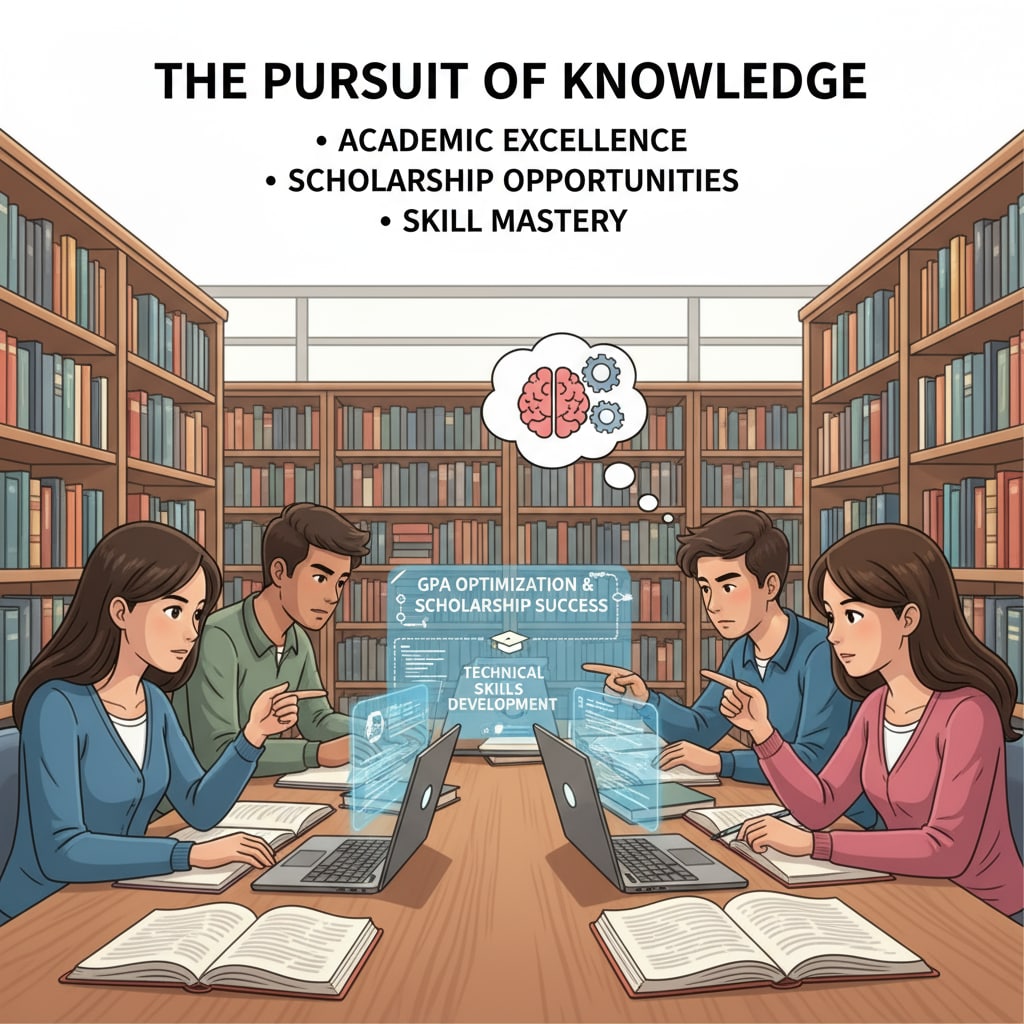In the highly competitive landscape of scholarship applications, the triumvirate of GPA, academic performance, and technical skills holds the key to success. These three elements, while distinct, are intertwined in a delicate dance that can significantly impact a student’s chances of securing financial aid for their educational pursuits. Let’s explore how to master this balance, starting from the K12 stage.

The Significance of GPA in Scholarship Applications
GPA, or Grade Point Average, is often the first metric that scholarship committees consider. It serves as a quantifiable measure of a student’s academic performance over a period. A high GPA indicates consistent excellence in coursework, demonstrating a student’s dedication to learning and their ability to grasp complex concepts. For example, many prestigious scholarships set a minimum GPA requirement, usually around 3.5 or higher. This is because a good GPA reflects a student’s potential to succeed in higher education and meet the academic rigors of the program they intend to pursue. Grade Point Average on Wikipedia
The Role of Academic Performance Beyond GPA
While GPA is important, academic performance encompasses more than just grades. It includes achievements such as winning academic competitions, participating in research projects, and receiving awards for outstanding work in specific subjects. These accomplishments showcase a student’s depth of knowledge, passion for learning, and their ability to apply what they’ve learned in real-world scenarios. For instance, a student who wins a science fair or publishes a research paper in a peer-reviewed journal demonstrates exceptional academic prowess. Such achievements can set a student apart from the competition and strengthen their scholarship applications. Academic Achievement on Britannica

The Emergence of Technical Skills in Scholarship Considerations
In today’s digital age, technical skills have become increasingly valuable in scholarship applications. Skills such as programming, data analysis, and digital literacy are highly sought after by scholarship providers. These skills not only demonstrate a student’s adaptability to the modern world but also their potential to contribute to various fields. For example, a student applying for a scholarship in computer science may have an edge if they have prior experience in coding languages like Python or Java. Technical skills can open doors to scholarships that are specifically tailored to students with these capabilities.
So, how can students in the K12 stage start building this balance? Firstly, they should focus on maintaining a good GPA by developing effective study habits, seeking help when needed, and staying organized. Secondly, they can explore academic opportunities outside of the classroom, such as joining academic clubs, participating in research projects, or entering competitions. Finally, they can start learning technical skills through online courses, workshops, or extracurricular activities. By integrating these aspects early on, students can create a well-rounded profile that appeals to scholarship committees.
In conclusion, achieving the right balance between GPA, academic performance, and technical skills is essential for maximizing your chances of winning scholarships. Each element contributes uniquely to your overall competitiveness, and by nurturing all three, you can stand out in the highly competitive scholarship landscape. Remember, it’s never too early to start working towards this balance, and with dedication and perseverance, you can turn your educational dreams into reality.
Readability guidance: This article uses short paragraphs and lists to summarize key points. Each H2 section provides relevant details. The passive voice and long sentences are kept to a minimum, and transition words are used throughout to enhance flow.


